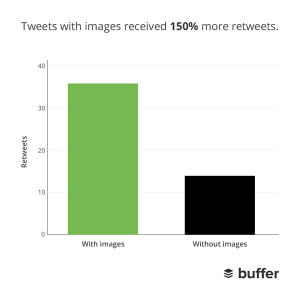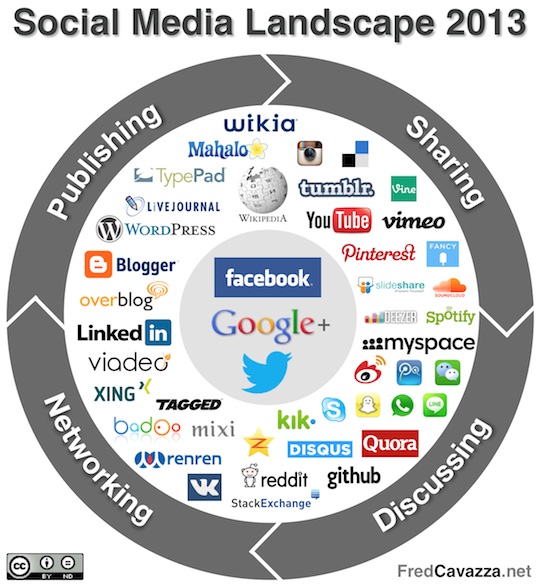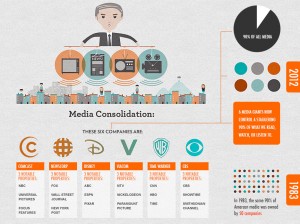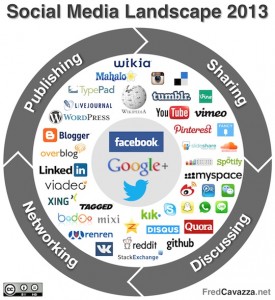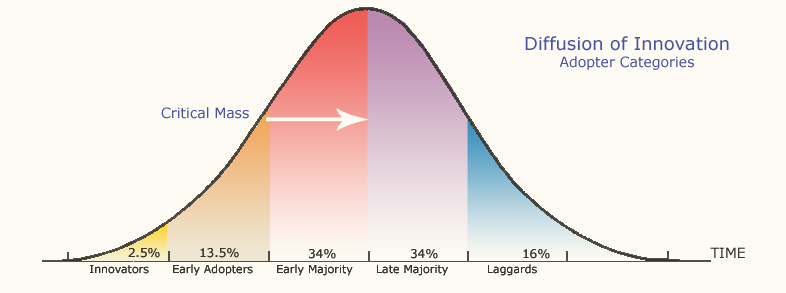
At a recent meeting of the Professional Writers Association of Canada (PWAC Fraser Valley chapter) local freelance writer, Heidi Turner shared her top tips on business promotion for professional writers. Here are her top ten:
- Create an optimised website. Heidi recommends including all search terms that you think your clients will use in the Search Engine Optimisation area. This will make sure that you target your writing market. A website is also a convenient spot to keep your portfolio, samples and client testimonials.
- Write a Business Plan. It may sound painful but Heidi says that this will show you areas where you need to improve and give you an idea of what you can realistically achieve as a freelancer. For example, what to charge for hourly rates. Heidi recommends charging GST so that your clients know that you intend to make at least $30 000 from your professional writing.
- Update your CV at least every six months. Heidi is happy when she doesn’t have to drop everything to write a CV for an urgent job proposal.
- Develop an elevator pitch. Heidi says that this will help you anywhere where you might meet clients. You need to be able to briefly say: What you do. Who you do it for. How you do it.
- Make a decision for how you use social media and stick to it. If you use social media for business then focus it for business. If you use it for personal communication, keep it for that. Heidi says that mixing the two could get you into trouble – or just not help your business.
- Write a blog that targets your client base. Heidi says that putting your writing talents towards other people’s platforms rarely works. For example, people will remember an article from the Huffington Post but they won’t remember who wrote it. She recommends writing for yourself. It will take longer to establish your name but it will be your name that readers remember.
- Cultivate repeat clients. Heidi loves repeat clients. They know what she can do and they appreciate her talents. She suggests finding out how you can add value to what you are already doing for clients. But she also recommends maintaining your professional boundaries and what you are willing to do for clients
- Take courses in writing. Heidi recommends taking writing courses. They are a great way to meet knew clients and keep your skills up to date.
- Run your own courses on writing. Heidi says that running your own writing courses in your area of expertise will help you gain exposure – and provide a place to sell your own books if you have them.
- Get involved in the industry that you are writing for. Heidi says that this is a must for freelance writers. But she also warns professional writers about doing too much volunteer work. She advises freelances to get something in return for any professional writing you do, such as a testimonial from an industry leader.
As bonus tips, Heidi recommends that freelancers check out Vancouver Writing Jobs to keep up with what employers are looking for. And read books on freelance writing including, Everything You Wanted to Know About Freelance Writing, The Well-Fed Writer, and The Business Side of Creativity.
Good luck!






